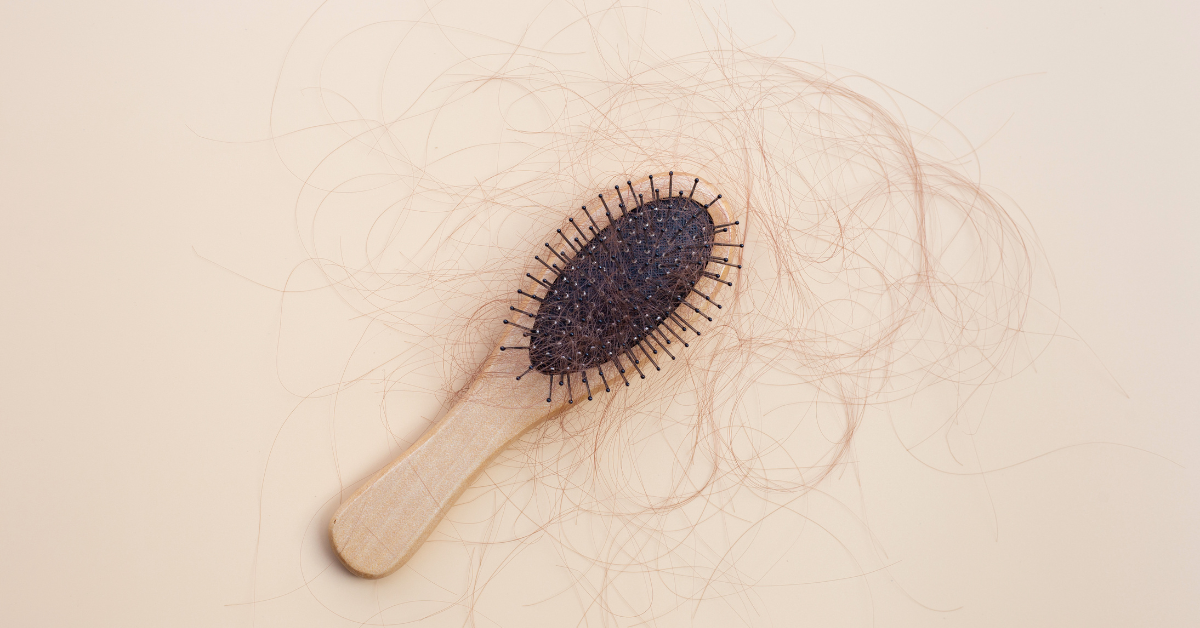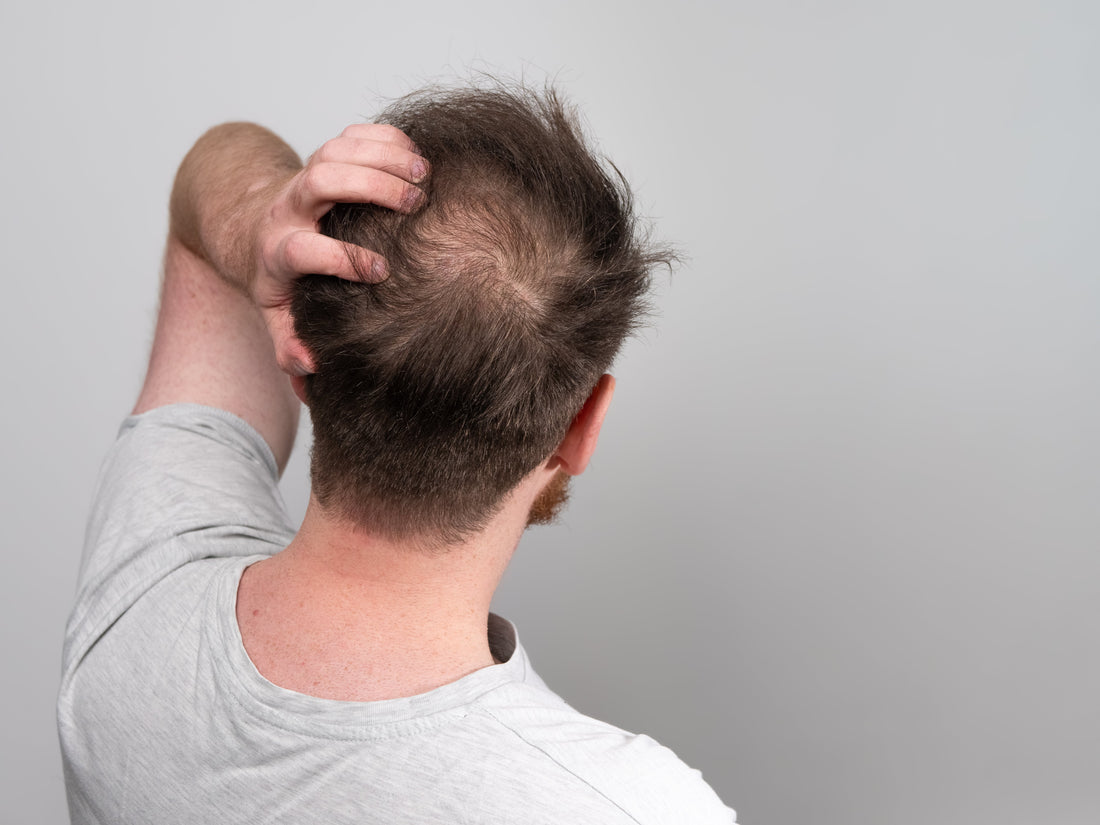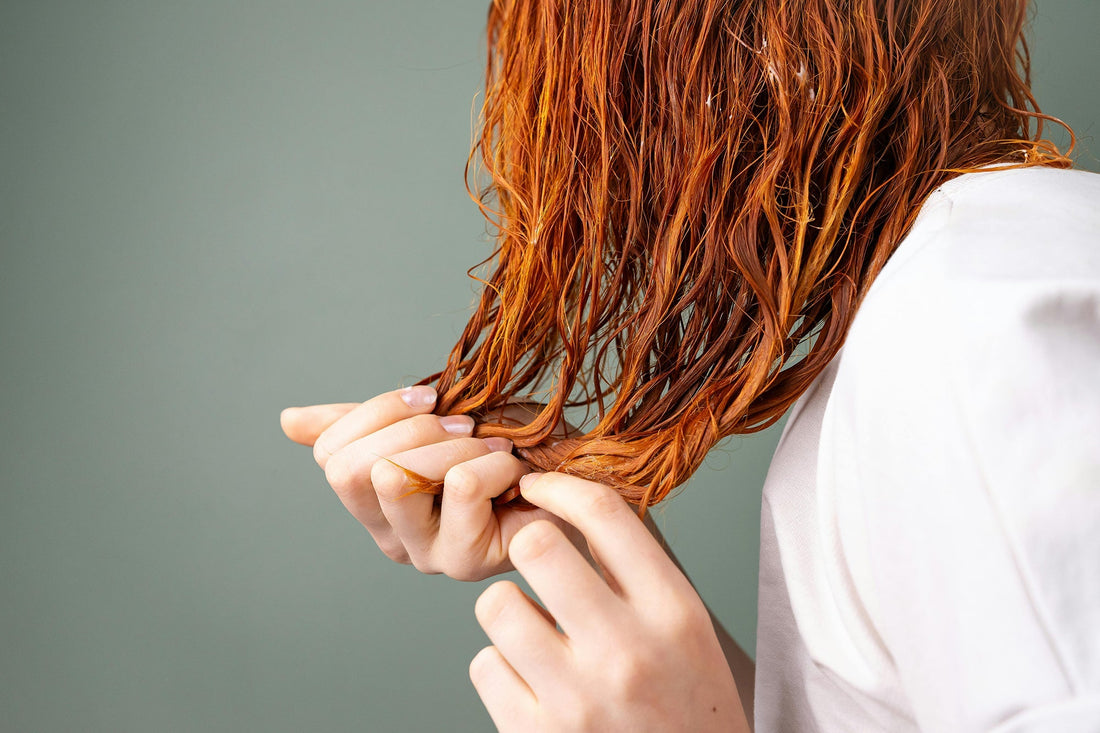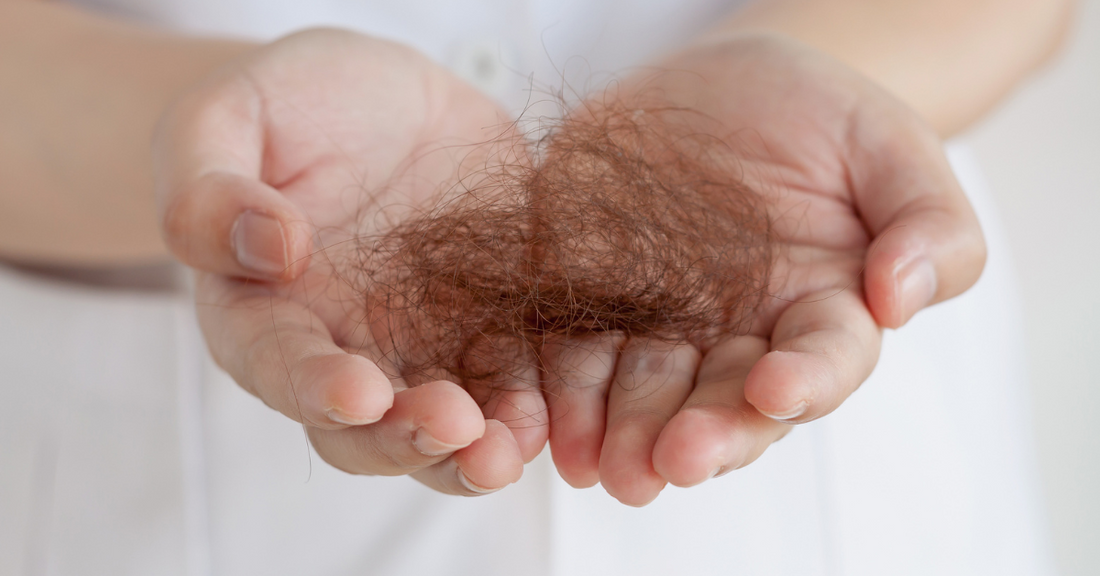Have you ever freaked out because you think you're losing more hair than usual? Don't worry, you're not alone. Hair loss can be a confusing and worrying topic, but the good news is that some hair loss is completely normal.
On average, we lose about 50 to 100 hairs a day, so it's important to understand what's considered normal and when it's time to start worrying. In this article, we'll break down the ins and outs of hair loss and help you determine if you have anything to worry about.
So let's demystify hair loss together!
Normal vs Excessive Hair Loss
Hair loss is a natural process and some hair loss is considered normal. On average, it's normal to lose about 50 to 100 hairs a day as our hair goes through a natural growth cycle that includes shedding. However, excessive hair loss that results in thinning is not something that we want to consider normal!
This regular hair loss is an ongoing process, but can often appear to be a bigger issue for women, just because, on average, women tend to have longer hair. So losing 100 inch long hairs means that you won’t find a lot of them around the house, while losing 100 18 inch long hairs really looks like a lot of hair!

It's important to remember that hair loss can also be affected by genetics, age, and hormonal changes. As we age, our hair naturally begins to thin and can become more brittle. Hormonal changes, such as during pregnancy, menopause, or when starting or stopping hormonal birth control, can also affect hair growth.
Excessive hair loss is also a natural process, but not a process you have to go along with! This hair loss can also differ between men and women. In men, it's common for hair to thin on the top of the head, which can eventually lead to baldness. In women, hair thinning tends to be more diffuse, and the hairline usually remains intact.
Factors That Can Contribute to Excessive Hair Loss
So what happens when hair loss becomes excessive and results in thinning? There are a number of factors that can contribute, including
- Stress: Physical or emotional stress can cause hair loss due to a condition called telogen effluvium. This occurs when hair follicles enter a resting phase and stop growing.
- Medical conditions: Certain medical conditions, such as autoimmune diseases, hormonal imbalances, and fungal infections, can cause excessive hair loss.
- Medications: Some medications, such as chemotherapy drugs, can cause hair loss as a side effect.
- Diet: A diet lacking in essential vitamins and minerals, such as iron and vitamin D, can lead to hair loss.
- Poor hair care: Overuse of heat styling tools and harsh chemicals can damage hair and lead to excessive hair loss.
It's important to understand that hair loss can be caused by a variety of factors, and identifying the underlying problem is key to treating excessive hair loss.
How to Tell the Difference Between Normal Shedding and Hair Thinning
So how can you tell if your hair loss is just normal shedding and replacement, or if it's a symptom of hair thinning? Here are some things to look for:
- Amount of hair loss: If you're losing more than the average of 50-100 hairs a day, it may be a sign of hair thinning.
- Pattern of hair loss: Normal hair loss usually occurs evenly across the scalp. However, hair thinning often results in a noticeable change in the overall thickness and volume of your hair.
- Changes in the hairline: Normal hair loss does not usually cause a change in the hairline. However, hair thinning may cause the hairline to recede.
- Other symptoms: If your hair loss is accompanied by other symptoms, such as itching, redness, or scaling, it may be a sign of a more serious underlying problem.
It can also be helpful, if you’re concerned about hair loss and thinning, to compare old pictures or even start taking pictures of your hairline over time and compare them to see if what you’re seeing day to day is actually leading to hair thinning.

Treatment Options for Hair Loss
If you've determined that your hair loss is a symptom of hair thinning, there are several treatment options available to help. Some of the most effective treatments for hair thinning include
- Medications: There are medications available to help stimulate hair growth and treat hair thinning, such as minoxidil, which we include in our Ultra Strength Hair Regrowth Treatment.
- Hair care products: Using the right shampoo, conditioner, and hair treatment can help promote healthy hair growth and improve the appearance of thinning hair. Our Professional Strength Hair Restore Shampoo, Hair Restore Conditioner, and Hair Thickening Serum are specially formulated to nourish and revitalize hair while helping improve the appearance of thinning hair.
- Lifestyle changes: Changing your diet, reducing stress, and avoiding harsh chemicals and heat styling tools can help improve hair health and prevent further hair loss.
Final Thoughts On How Much Hair Loss Is Normal
It's normal to lose some hair each day as part of the hair growth cycle. However, if you're losing more hair than usual, or if your hair is becoming thin and lifeless, it may be a sign of hair thinning. Understanding the difference between normal hair loss and hair thinning is key to determining if intervention is needed.
Fortunately, there are several effective treatment options for those experiencing hair thinning, including medications, quality hair care products, and lifestyle changes. We hope this article has helped you better understand hair loss and how to distinguish between normal hair loss and hair thinning. Don't let hair loss take over your life, take control and explore your options for a fuller, healthier head of hair.







